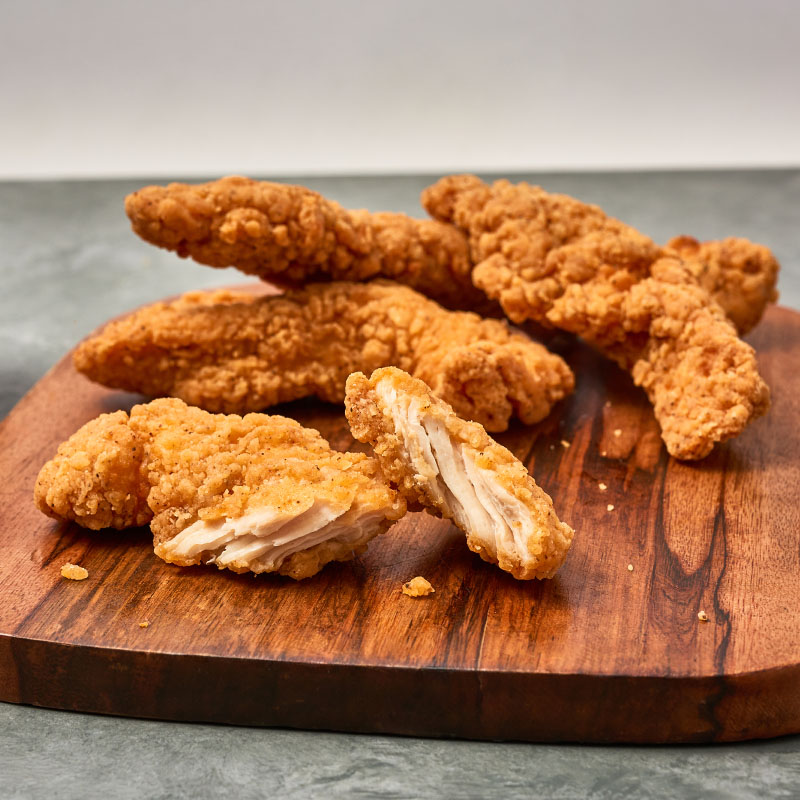
Simple Ways to Make Sugar Water for Hummingbirds: A Practical Guide for 2025
Hummingbirds are fascinating creatures that can bring beauty and life to any garden. Learning how to make hummingbird nectar is essential for attracting these vibrant birds and ensuring they have the energy they need to thrive. This guide will cover the best practices for creating homemade hummingbird food, focusing on sugar water preparation, sugar-water ratios, and tips for maintaining a healthy feeding environment.
Using the right sugar water recipe for hummingbirds helps ensure their well-being while maximizing their visits to our gardens. By the end of this article, you'll be equipped with the knowledge to mix, store, and serve the perfect homemade nectar, creating an inviting atmosphere for these delightful creatures. Let's dive into the world of hummingbirds!
Essential Ingredients for Homemade Hummingbird Food
Before crafting your hummingbird feeder sugar water, it’s crucial to understand the ingredients. The basic recipe requires just two components: water and sugar. However, knowing the type of sugar and the correct measurements is key.
Types of Sugar Suitable for Hummingbirds
When selecting sugar for your hummingbird nectar preparation, it’s important to choose granulated sugar. This commonly available sugar dissolves easily in water and mimics the natural sugars hummingbirds find in flowers. Other sugars, like brown sugar or raw cane sugar, may contain molasses and impurities that can be harmful to hummingbirds. Avoid using artificial sweeteners, as they can negatively affect their health.
Understanding the Sugar-to-Water Ratio
The optimal sugar-to-water ratio for hummingbirds is 1:4. This means for every one part of sugar, you need four parts of water. For example, use 1 cup of sugar with 4 cups of water. This mixture closely resembles the natural nectar that hummingbirds seek.
Using Filtered Water for Hummingbird Nectar
Using clean, filtered water in your nectar is essential. Tap water may contain chlorine or other chemicals that could harm hummingbirds over time. Proper filtration ensures the health and safety of the birds while preventing the fermentation of nectar.
Mixing and Storing Your Hummingbird Nectar
Now that you have your ingredients, let’s discuss how to mix and store your sugar water efficiently. These steps are crucial for creating a successful feeding experience.
Step-by-Step Process to Make Sugar Water
To create your easy mix sugar water for hummingbirds, follow these simple steps:
- Boil 1 cup of water to help dissolve the sugar, although this step isn't necessary, it can help create a more consistent mixture.
- Add 1 cup of granulated sugar to the boiling water.
- Stir the mixture until all the sugar is fully dissolved.
- Remove from heat and add 3 cups of cold water.
- Allow the mixture to cool completely before pouring it into the feeder.
Cool Down and Final Adjustments
It’s vital to allow the nectar to cool down to room temperature before using it, as warm sugar water might harm the birds. Furthermore, too warm of a mixture can promote faster fermentation, reducing the nectar's shelf life.
Storing Hummingbird Nectar
Once cooled, if you have leftover nectar, store it in a clean, sealed container in the refrigerator. This allows you to keep it fresh for up to a week. Always ensure to check the nectar for signs of fermentation before refilling your hummingbird feeders. A clear, bright red color typically indicates freshness.
Feeding Hummingbirds: Best Practices
Creating homemade nectar is just the beginning. It’s equally important to focus on best practices for feeding hummingbirds to attract them consistently.
Maintaining Hummingbird Feeders Regularly
One of the most essential tips for maintaining hummingbird feeders is regular cleaning. Clean your feeders at least once a week, especially in hot weather when nectar can spoil more quickly. Use a mild vinegar solution to eliminate any mold or bacteria that may grow inside the feeder.
Refreshing Hummingbird Feeders
Keep the nectar fresh by regularly refilling feeders. Use this hummingbird nectar preparation once the sugar water level goes down by half or every few days in warmer climates. This ensures hummingbirds receive optimal nourishment without any harmful bacteria from aged nectar.
Choosing Optimal Locations for Feeders
To maximize your chances of attracting hummingbirds, place feeders in shaded areas. This will help reduce the likelihood of nectar fermentation and prevent sugar crystallization. Additionally, position feeders near flowering plants to enhance the overall attractiveness of your garden.
Attracting Hummingbirds to Your Garden
Now that you're well-versed in making nectar and maintaining feeders, let’s explore ways to attract more hummingbirds to your outdoor space.
Flower Gardening for Hummingbirds
Consider planting nectar-rich flowers like trumpet vine, bee balm, or salvia. These plants naturally attract hummingbirds and will complement your feeder feeding. Combining feeders with these plants creates a biodiverse garden that hummingbirds find irresistible.
Creating a Bird-Friendly Environment
Ensure your garden environment is safe and inviting for birds. Avoid using pesticides, which can be harmful to hummingbirds, and prioritize native plant species. This not only enriches the bird habitat but also supports local ecosystems.
Getting Kids Involved in Birdwatching
Engaging kids in birdwatching can promote interest in nature and wildlife. Encourage them to observe and document hummingbird behaviors. This can include noting the types of nectar they prefer or when they frequent the feeders. A fun project like this can be an excellent educational opportunity.
Common Issues and Troubleshooting Tips
Despite your best efforts, problems may arise when feeding hummingbirds. The following sections provide strategies for addressing common challenges.
Avoiding Fermentation in Hummingbird Nectar
To prevent fermentation in your homemade nectar, stick to the correct sugar water recipe for hummingbirds. As discussed, a 1:4 sugar-to-water ratio is ideal. Regular cleaning of feeders and replacing nectar frequently also aids in preventing spoilage.
Recognizing When to Change Feeders
If you observe mold or cloudiness in the nectar, it's essential to change the feeder immediately. This can deter hummingbirds from returning and can even lead to health issues for those who consume contaminated nectar.
Safe Sweeteners for Hummingbirds
Aside from granulated sugar, it's best to avoid any other sweetening alternatives, especially honey or artificial sweeteners. These can pose health risks or cause digestive issues in hummingbirds. Stick to the proven sugar-water recipe for the best results.
Q&A Section: Hummingbird Feeding Essentials
How often should I clean my hummingbird feeders?
Cleaning your feeder at least once a week is ideal, though every few days is recommended in warmer weather. This ensures a clean nectar supply and attracts more birds.
What type of sugar is best for hummingbirds?
Granulated sugar is the best choice for hummingbird nectar. Avoid sugars with additives like molasses, which can harm the birds.
Can I use honey in hummingbird nectar?
No, honey should be avoided, as it can promote bacterial growth and is harmful to hummingbirds. Stick with a sugar and water mixture for their safety.
How can I determine if the nectar has spoiled?
Look for cloudiness, mold, or any unusual odor in the nectar. If you notice any of these signs, it’s time to replace the nectar.
Is it possible to make large batches of sugar water for hummingbirds?
Absolutely, you can prepare larger quantities of nectar by following the same sugar-to-water ratio and storing it in a clean, sealed container in the fridge. Just be sure to check for spoilage before using.

Conclusion: Making Your Hummingbird Feeding Experience Easy
With these tips and recipes, you’re now ready to attract hummingbirds to your garden successfully. Remember, creating safe and nutritious hummingbird nectar is not only beneficial for the birds, but it enhances your outdoor space too. For more detailed information on hummingbird care and feeding, check out this comprehensive guide. Enjoy the beauty and excitement that hummingbirds bring as they visit your feeders!
